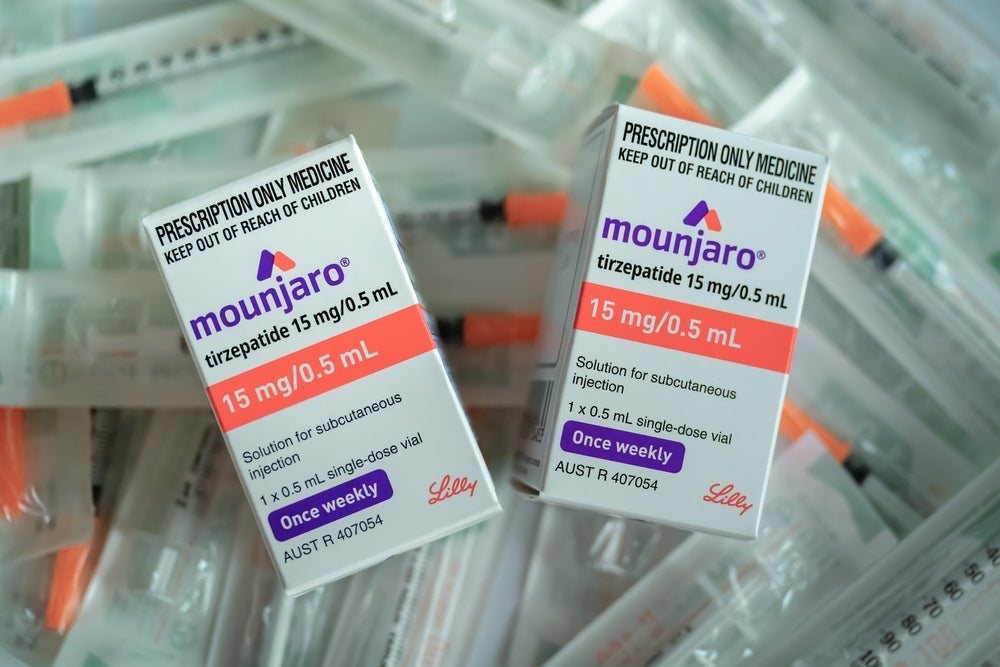The type 2 diabetes (T2D) space recently witnessed a new approval: on 15 September, the European Commission (EC) authorised Eli Lilly’s Mounjaro (tirzepatide) for T2D patients. Mounjaro is a dual gastric inhibitory polypeptide (GIP)/glucagon-like peptide 1 (GLP-1) receptor agonist. This event is of paramount interest, and not only for T2D patients, as it could address vital unmet needs for other GIP/GLP-1 receptor agonist–treated diseases, including obesity. While Mounjaro is currently only approved for T2D, it is in Phase III trials for obesity and in trials for several other diseases. Abstracts presented at the 58th Annual Meeting of the European Association for the Study of Diabetes (EASD) show its promise as a potential therapy for patients with obesity.
In SURMOUNT-1, Eli Lilly’s Phase III study in patients with overweight and obesity (NCT04184622), after 72 weeks, Mounjaro demonstrated a mean weight reduction of 13kg in pooled data from the 10mg and 15mg treatment arms, whereas a mean weight reduction of 24kg was reached in the 15mg treatment study group alone. With respect to its safety profile, adverse events ranged from mild to moderate among subjects, and treatment discontinuation due to adverse events was 6.2% in the 15mg dose group. Overall, the results for Mounjaro’s safety and efficacy were promising.
Mounjaro is a GLP-1 receptor agonist similar to many other treatments for T2D and obesity on the market, including Novo Nordisk’s Wegovy (semaglutide) and Saxenda (liraglutide). The drug stands out, however, by offering a unique feature unlike other GLP-1 receptor agonists: it is also a GIP receptor agonist, thereby working in a dual receptor agonist fashion. This has many implications for patients, including the fact that in SURPASS-2 (NCT03987919), a head-to-head comparison study of tirzepatide against semaglutide, tirzepatide outperformed the latter across all dose groups in patients with T2D.
Hope for Mounjaro’s approval for obesity proceeding follows suit of Novo Nordisk’s course of action with semaglutide. Semaglutide was originally approved in 2017 for its use in patients with T2D, marketed under the name Ozempic, before being approved for obesity last year, marketed under the name Wegovy and available at higher doses.
Looking ahead, other pipeline products that are in development for obesity also have this dual receptor agonist mechanism of action. Of note, Eli Lilly is developing retatrutide, also a GIP/GLP-1 receptor agonist, which is currently in Phase II of development for obesity. In the meantime, there is no doubt that Mounjaro has overwhelming potential to be favoured among many patients and clinicians alike if it is approved for obesity. Following the promising results of Phase III studies, this new therapy may be set on the trajectory to compete directly with GLP-1 agonists across the obesity space.
See Also:
How well do you really know your competitors?
Access the most comprehensive Company Profiles on the market, powered by GlobalData. Save hours of research. Gain competitive edge.

Thank you!
Your download email will arrive shortly
Not ready to buy yet? Download a free sample
We are confident about the unique quality of our Company Profiles. However, we want you to make the most beneficial decision for your business, so we offer a free sample that you can download by submitting the below form
By GlobalData








Related Company Profiles
Eli Lilly and Co
Novo Nordisk AS